Technological Advancements in Packaging
Technological advancements are playing a pivotal role in shaping the Multi-Med Adherence Packaging Market. Innovations such as smart packaging, which incorporates digital technologies to monitor medication intake, are gaining traction. These technologies not only enhance patient engagement but also provide healthcare providers with valuable data on adherence patterns. The integration of mobile applications with adherence packaging is also on the rise, allowing for real-time reminders and tracking. As a result, the market is witnessing a shift towards more sophisticated packaging solutions that cater to the needs of tech-savvy consumers. This trend is expected to drive growth in the Multi-Med Adherence Packaging Market, as stakeholders recognize the potential of technology to improve medication adherence.
Growing Focus on Patient-Centric Healthcare
The shift towards patient-centric healthcare is a driving force in the Multi-Med Adherence Packaging Market. Healthcare providers are increasingly prioritizing the needs and preferences of patients, leading to the development of personalized medication packaging solutions. This focus on individual patient experiences is fostering innovation in adherence packaging, as companies strive to create products that resonate with diverse patient populations. Furthermore, the emphasis on shared decision-making in healthcare is encouraging patients to take an active role in their treatment plans, which may enhance adherence. As the industry continues to evolve in response to these trends, the Multi-Med Adherence Packaging Market is expected to see sustained growth and diversification.
Regulatory Support for Medication Management
Regulatory bodies are increasingly recognizing the importance of medication management, which is positively influencing the Multi-Med Adherence Packaging Market. Policies aimed at improving patient safety and reducing healthcare costs are encouraging the adoption of adherence packaging solutions. For instance, initiatives that promote the use of blister packs and other adherence-enhancing packaging are gaining momentum. This regulatory support not only fosters innovation within the industry but also encourages healthcare providers to implement these solutions as part of their standard practices. As regulations evolve to prioritize patient adherence, the Multi-Med Adherence Packaging Market is likely to benefit from increased investment and development of new products.
Aging Population and Chronic Disease Prevalence
The aging population and the increasing prevalence of chronic diseases are significant drivers of the Multi-Med Adherence Packaging Market. As individuals age, they often face multiple health issues that require complex medication regimens. This complexity can lead to confusion and non-adherence, highlighting the need for effective packaging solutions. According to recent statistics, nearly 60% of older adults manage multiple chronic conditions, necessitating the use of adherence packaging to simplify their medication routines. The Multi-Med Adherence Packaging Market is thus positioned to address these challenges, offering tailored solutions that enhance adherence among elderly patients and those with chronic illnesses.
Rising Demand for Medication Adherence Solutions
The Multi-Med Adherence Packaging Market is experiencing a notable increase in demand for solutions that enhance medication adherence. This trend is largely driven by the growing awareness of the importance of medication compliance in improving health outcomes. Studies indicate that non-adherence can lead to increased healthcare costs and adverse health effects, prompting healthcare providers and patients to seek effective packaging solutions. The market is projected to grow at a compound annual growth rate of approximately 8% over the next few years, reflecting the urgent need for innovative adherence solutions. As healthcare systems increasingly prioritize patient-centered care, the Multi-Med Adherence Packaging Market is likely to expand, catering to the needs of diverse patient populations.
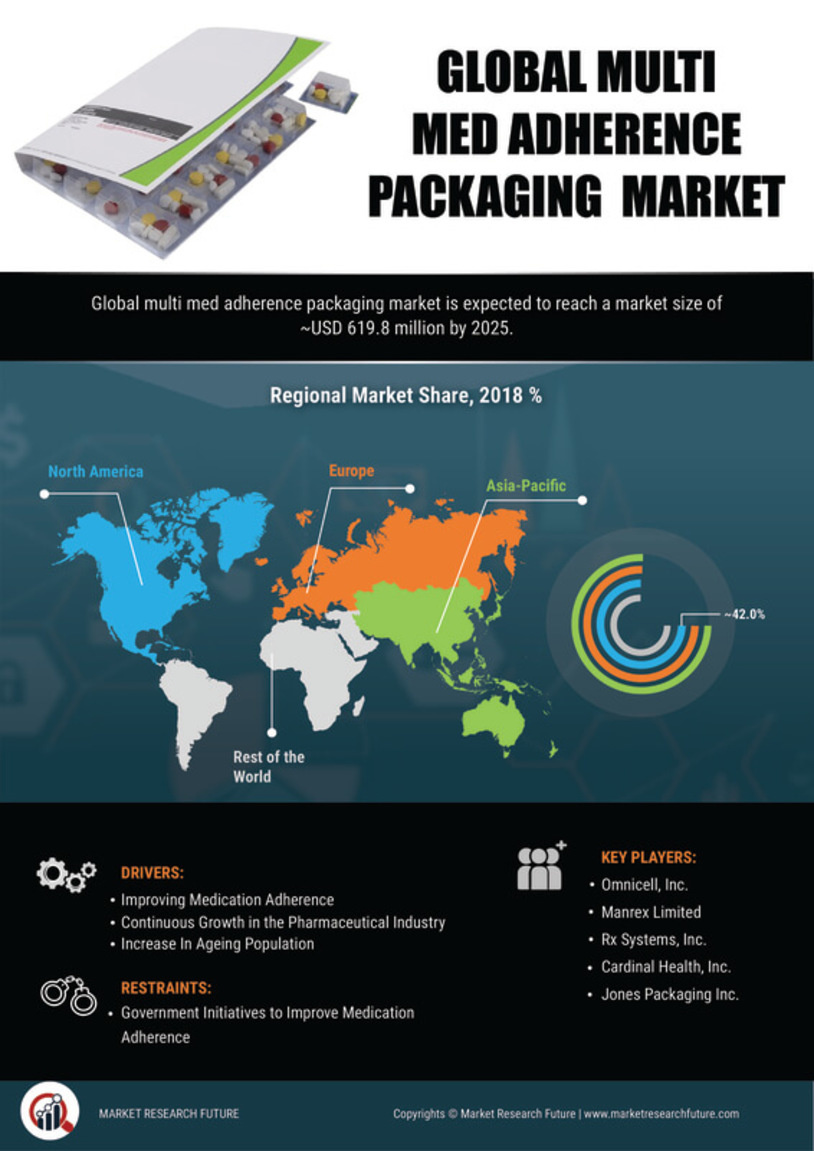

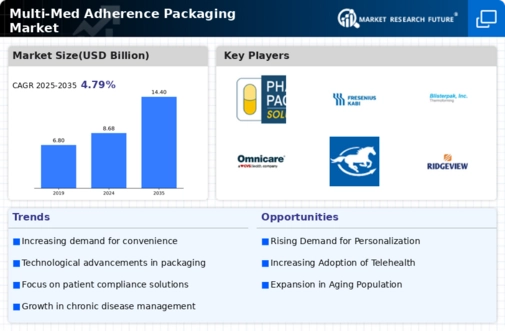
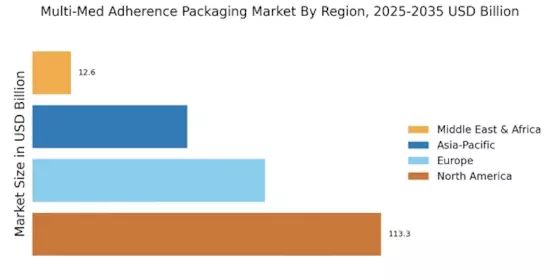
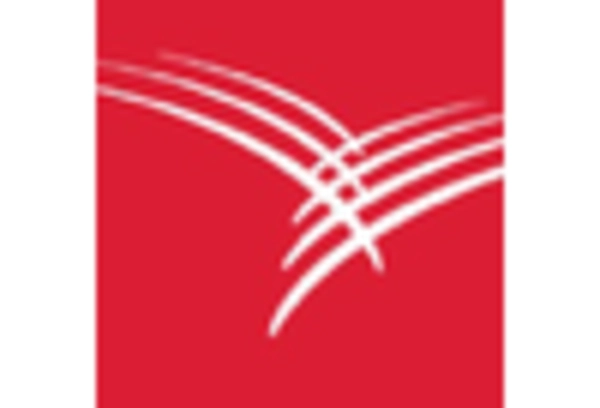

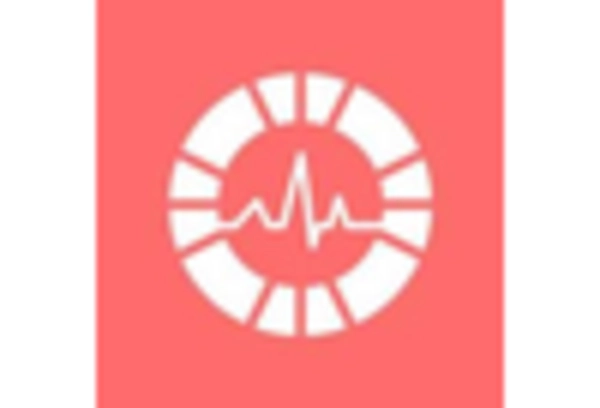
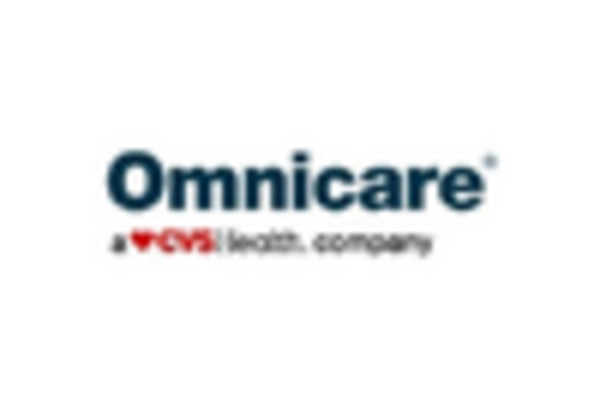
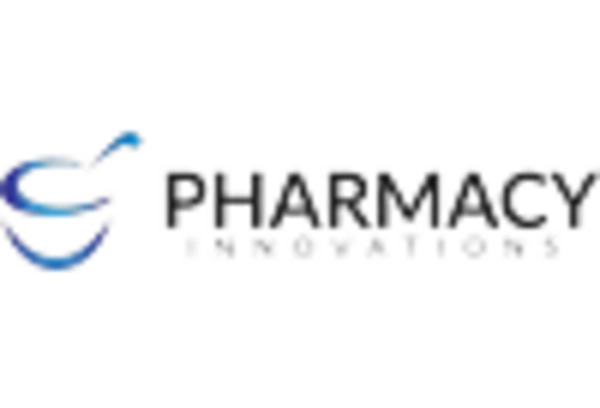
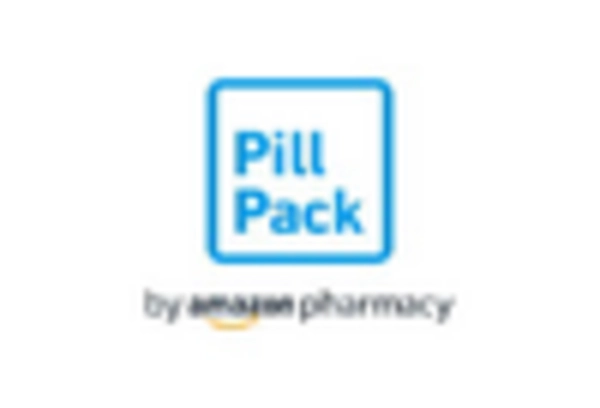








Leave a Comment